How to Hit the Jackpot with the QBI Deduction
QBI may sound like the name of a TV quiz show. But it’s actually the acronym for “qualified business income” and can trigger a tax deduction for some small business owners. The QBI deduction, authorized by the Tax Cuts and Jobs Act (TCJA), went into effect in 2018.
How it works
The QBI deduction is available to owners of pass-through entities — such as S corporations, partnerships and limited liability companies — as well as self-employed individuals. The maximum deduction is equal to 20% of QBI. Generally, QBI refers to your net profit, excluding capital gains and losses, dividends and interest income, employee compensation, and guaranteed payments to partners.
Notably, the QBI deduction is subject to a phaseout based on your income. If your total taxable income is below the lowest threshold, you’re entitled to the full 20% deduction. For 2022, this threshold is $170,050 for single filers and $340,100 for joint filers.
But things get tricky if your income exceeds either threshold. In that case, your ability to claim the QBI deduction depends on the nature of your business.
Specifically, the rules are different for regular business owners of pass-through entities and sole proprietors and those who are in “specified service trades or businesses” (SSTBs). This covers most business people who provide personal services to the public like physicians, attorneys, financial planners and accountants (but engineers and architects are excluded). This group forfeits the QBI deduction entirely if income exceeds another set of limits. For 2022, these thresholds are $220,050 for single filers and $440,100 for joint filers.
If your income falls between the thresholds stated above, your QBI deduction is reduced, regardless of whether you’re in an SSTB or not. For taxpayers who are in an SSTB, the deduction is phased out until it disappears at the upper income threshold. For other taxpayers, the deduction is limited to the lesser of 20% of QBI or the greater of 1) 50% of the wages paid to employees on W-2s, or 2) 25% of wages plus 2.5% of the unadjusted basis of the qualified property owned by the business.
Available for a limited time
The QBI deduction will expire after 2025, absent further legislative action. Also, the deduction can be claimed whether or not you itemize. Obtain guidance from your professional tax advisor to determine the best strategy for your personal situation.
This material is generic in nature. Before relying on the material in any important matter, users should note date of publication and carefully evaluate its accuracy, currency, completeness, and relevance for their purposes, and should obtain any appropriate professional advice relevant to their particular circumstances.
Share Post:









